Fife football fans have been left frustrated this summer.
July and August are usually months for mining Twitter and YouTube for info on your new Senegalese centre-back.
For the likes of Raith Rovers, Dunfermline and Kelty Hearts supporters, it is more a case of ‘When are we going to sign someone?’
Going by the most recent lists on the Narey’s Toepoker blog, and not including loans made permanent, Championship clubs have signed an average of 4.7 players.
Quick out the traps
Raith Rovers got some of their business completed early, signing Scott Brown, Dylan Easton and Ross Millen.
Since then they have failed to add to the squad, bringing them in at just below average for their division.
League One
Dunfermline similarly signed early in Kyle Benedictus and Chris Hamilton but haven’t made a signing since.
Kelty Hearts meanwhile have signed Lewis Martin, Brodie Strang and Liam Campbell – the latter two are 19 and 17 years old respectively.
The League 1 average for new signings sits higher than the Championship at 6.6.
This is largely down to two clubs (Clyde, Queen of the South) hitting double digits, while Peterhead (9), Falkirk (8) and FC Edinburgh (7) have all signed healthily.
The average over the two divisions is 5.7 and when League Two is taken into consideration – which comes in at 6.4 per club – the average comes out slightly lower at just over 6.
Which means that Raith (3), Dunfermline (2) and Kelty (3) come out well below average.
East Fife buck the trend, making 6 signings so far – and this is where one of the potential answers lies.
We're delighted to announce the signing of forward Ryan Schiavone on a two-year deal.
Welcome to Bayview Ryan!
🔗https://t.co/N2mM4qcyCm pic.twitter.com/DbelT7wNXH
— East Fife FC (@EastFifeFC) July 2, 2022
Stevie Crawford took charge of the Fifers in November of last year while Ian Murray, James McPake and John Potter all took over this summer.
Is it as simple as that?
That is certainly the case from a look at the Championship.
Of the other clubs to have appointed new managers in the league Dundee have brought in two players while Hamilton and Cove Rangers have brought in two each.
The clubs that have retained managers from last season are Arbroath (4), Ayr (5), Morton (8), Inverness (6), Partick Thistle (9) and Queen’s Park (4).
Raith may just sit below the average but the need for more players have been heightened by the eight summer outgoings and long-term injuries to four key players.
In League One however there is no consistency in terms of summer managerial appointments.
The clubs with new managers – Airdrie, Dunfermline, Falkirk and Kelty – have signed 5, 2, 8 and 3 players respectively.
Montrose meanwhile have had the same manager for six years now and have signed just one player.
Other factors
There is still a fair way to go in the transfer window and many managers have either implicitly or explicitly used the Premier Sports Cup to prepare for the league season.
Dunfermline manager McPake was quick to demand his players take the competition seriously from the off, but he has been in a better position than most.
He has so far not had many fitness issues with his squad and has said he isn’t looking for squad-fillers, saying he has young players to do that for now.
McPake has listed a few other reasons for why he has not added recently, including why the loan market is slow.
Kelty boss Potter has made similar noises, also calling for a relaxation of the trialist rule in the League Cup group stage.
They, and Murray, have listed many other reasons for why it has been a slow market for them, with the Rovers boss recently adding the latest surge in covid cases.
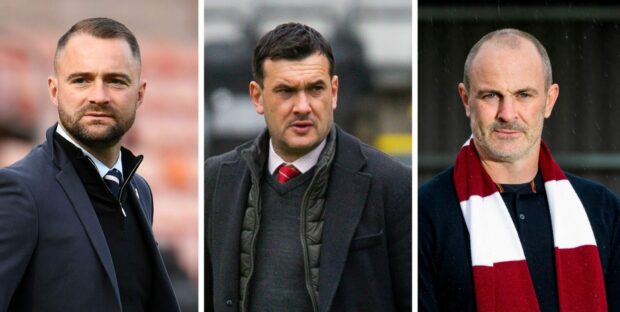


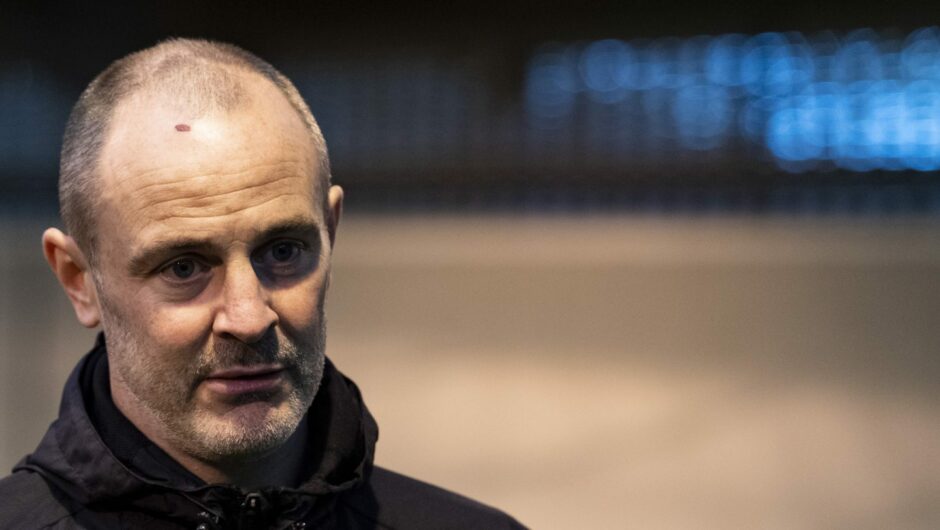
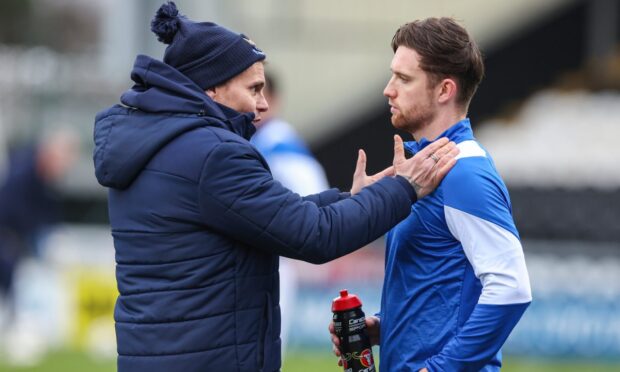


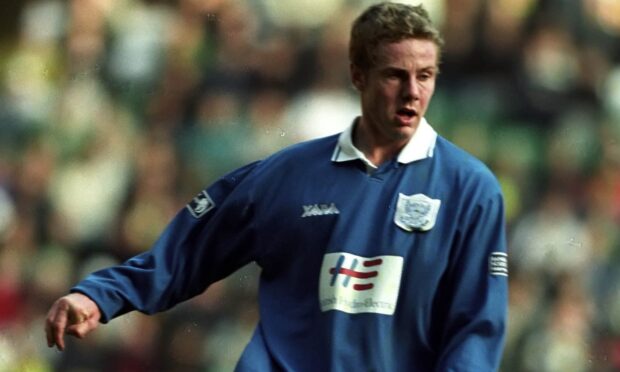
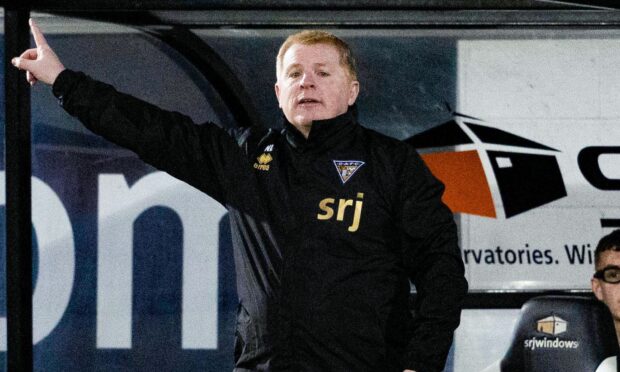


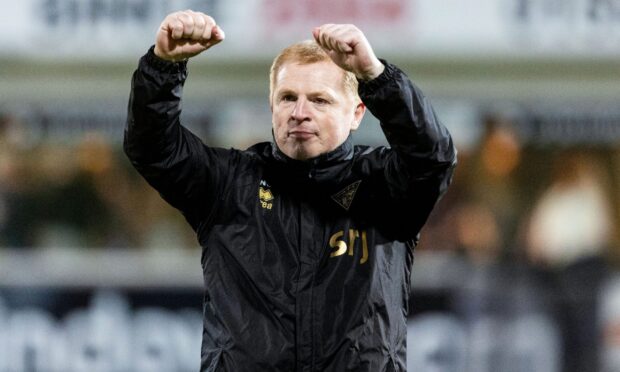


Conversation